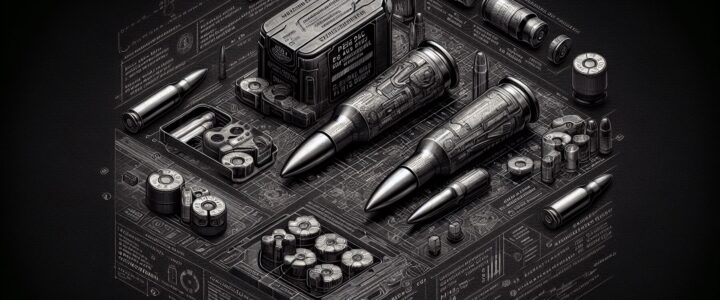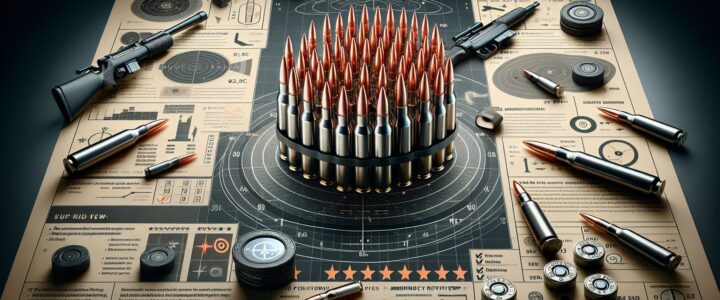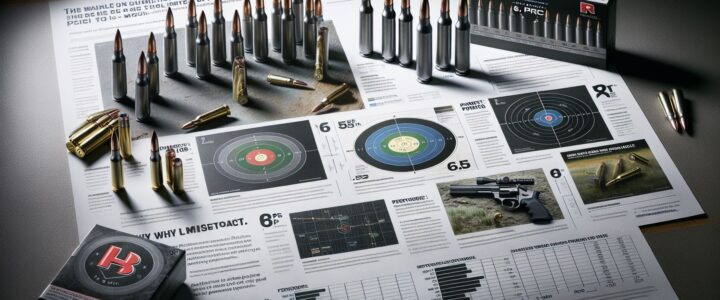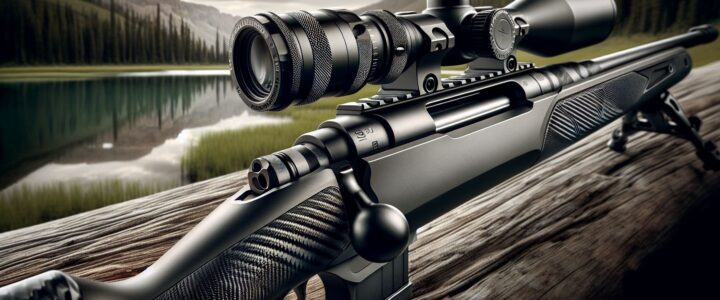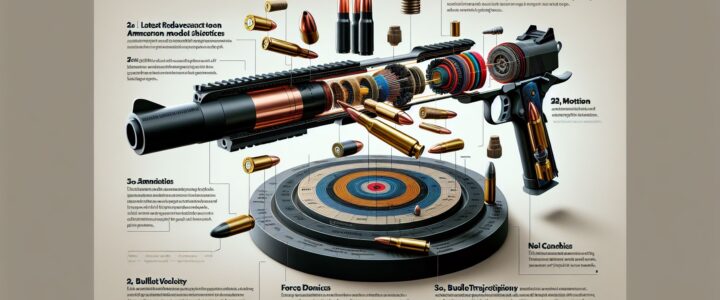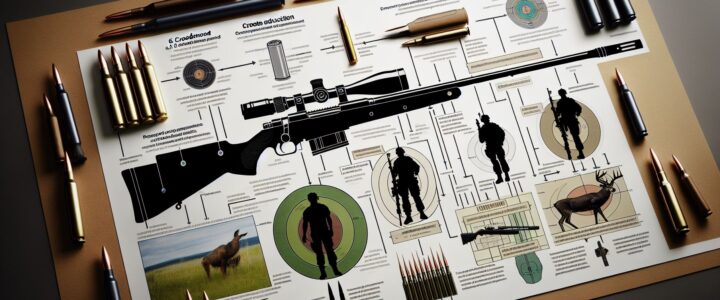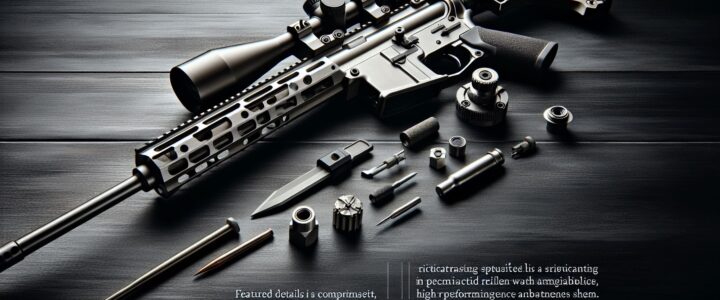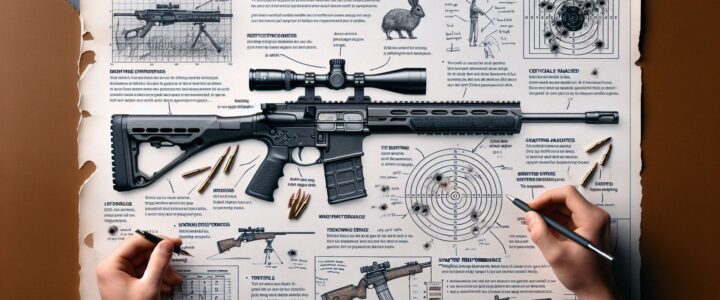In the dynamic world of firearms, the name Sig Sauer is synonymous with reliability and innovation, and the Sig Sauer P320 AXG Scorpion is no exception. Bringing a combination of modularity and craftsmanship to the table, the P320 AXG Scorpion has been turning heads in the firearms community, making it a subject of intense discussion in the latest firearms news. Understanding what sets this firearm apart is key for enthusiasts looking to add a versatile and powerful piece to their collection.
Craftsmanship and Customization
The Sig Sauer P320 AXG Scorpion is a work of art for the shooter who appreciates craftsmanship. The AXG stands for Alloy XSeries Grip, and it denotes the P320’s move from a polymer frame to a more traditional metal frame. This transition offers a different balance and weight distribution, providing a shooting experience reminiscent of classic handguns while incorporating modern flair.
The custom Hogue G10 Piranha grip panels, combined with the G10 Piranha insert on the XSeries Carry grip module, ensure a comfortable and secure grip, even under adverse conditions. This level of customization caters to personal preferences and ensures that the user can have a seamless shooting experience.
Performance and Reliability
At the heart of this ammo review is the shooting performance of the Sig Sauer P320 AXG Scorpion. A flat trigger system ensures a clean press with every shot, reducing the learning curve for shooters adjusting to a new firearm. The 3.9-inch barrel, which is optimal for both accuracy and concealability, gives the P320 AXG Scorpion a distinct edge as a carry option.
Reliability is a hallmark of Sig Sauer’s design philosophy, and the P320 AXG Scorpion carries this tradition forward. Consistent ejection patterns, minimal malfunctions, and a robust build capable of enduring various shooting conditions are just some of the reliability factors that will impress both competitive shooters and concealed carriers alike.
Versatility and Modularity
When delving into firearms news and reviews, the versatility and modularity of a weapon often emerge as crucial factors for gun enthusiasts. The P320 series is renowned for its ability to change calibers, sizes, and fit a wide array of optics. The AXG Scorpion’s metal frame is no stranger to this modular approach. Shooters can readily swap out slides and barrels, allowing for an easy transition between calibers like 9mm, .40 S&W, and .357 SIG.
For those seeking to tailor the firearm to specific needs or aesthetics, the Sig Sauer P320 AXG Scorpion facilitates these changes without requiring a visit to the gunsmith. This level of adaptability elevates the P320 AXG Scorpion in its classification, offering a unique proposition: a firearm that grows and changes with its user’s evolving preferences and requirements.
Aesthetics and Final Thoughts
There’s no denying that the Sig Sauer P320 AXG Scorpion is a standout in terms of aesthetics. With its carry-length slide finished in a distinctive FDE (Flat Dark Earth), complemented by the black AXG metal frame, the contrast is not only visually appealing but also offers a functional aspect by reducing glare. The stainless-steel slide has a physical vapor deposition finish, contributing to its durability and resistance to the elements.
In the end, the Sig Sauer P320 AXG Scorpion represents a fusion of traditional style and modern technology. Its price point positions it as a premium offering, yet its wide range of attributes argues strongly for its value. For the firearms connoisseur, the P320 AXG Scorpion is a must-consider addition, with the blend of metal and modularity offering a shooting experience that is both unique and exemplary.
Potential Concerns and Considerations
Despite the overwhelming positives, some shooters may find the shift to a metal frame less appealing due to the increased weight compared to polymer options. Concealed carriers, in particular, might lean towards lighter alternatives for everyday carry. Furthermore, while the modularity is a plus, it does require additional investment in different components, which might not be viable for all enthusiasts.
Conclusion
In reviewing the Sig Sauer P320 AXG Scorpion, it’s clear that it stands as a testament to Sig Sauer’s commitment to quality and functionality. Whether featured in firearms news as a standout at a trade show or discussed among shooters at the range, this model demonstrates that innovation in the firearms industry can respectfully nod to the past while boldly stepping into the future. In the realm of defense, competition, or collector’s items, the P320 AXG Scorpion is a firearm that meets and exceeds the standards of a discerning shooter.
The evolution of the P320 series through the AXG Scorpion shows the possibilities intrinsic to the world of firearms. With every new edition, companies like Sig Sauer are pushing the envelope, ensuring that enthusiasts have access to some of the most sophisticated and customizable weapons on the market. The P320 AXG Scorpion is more than a firearm; it’s a statement that innovation, performance, and aesthetics can coexist seamlessly, leading to a shooting experience that is truly unique.
